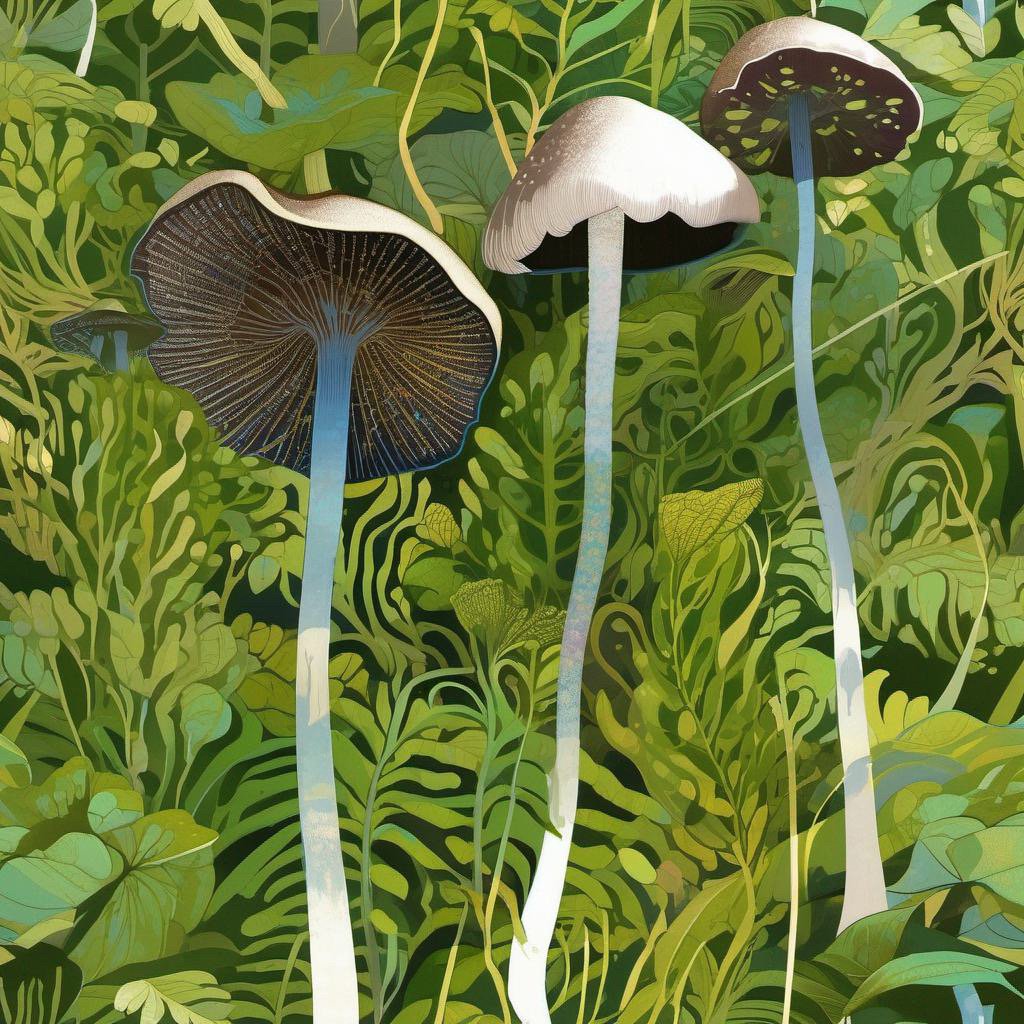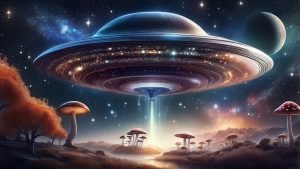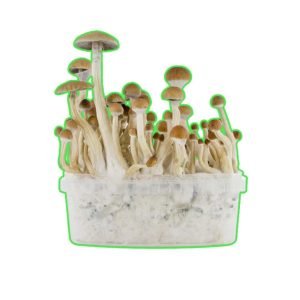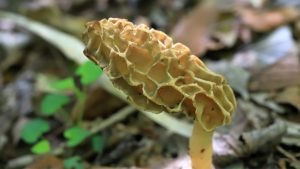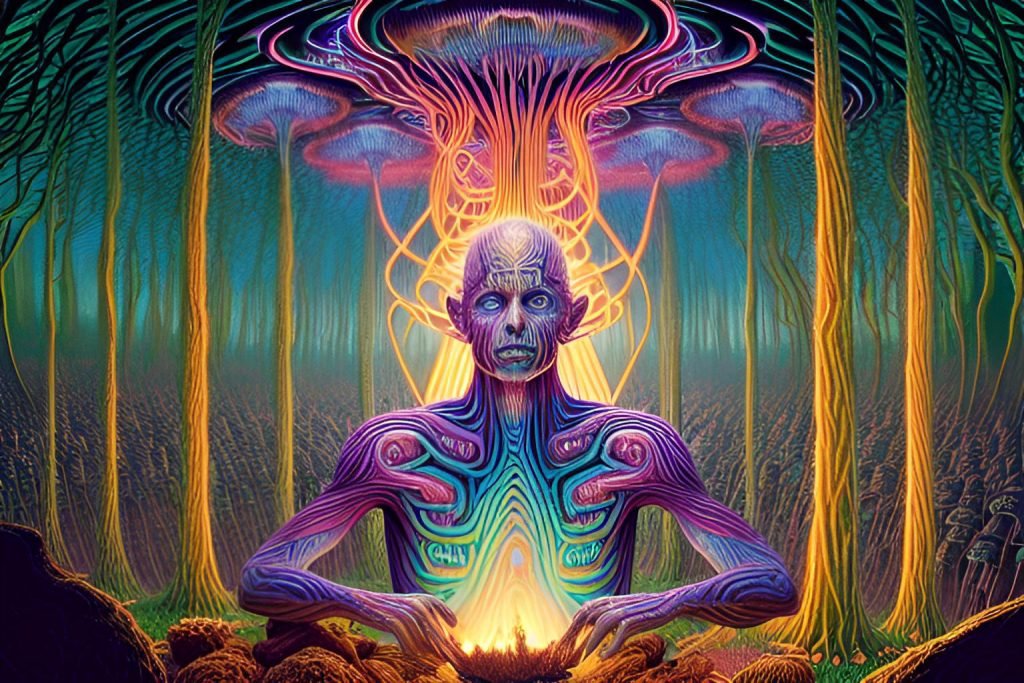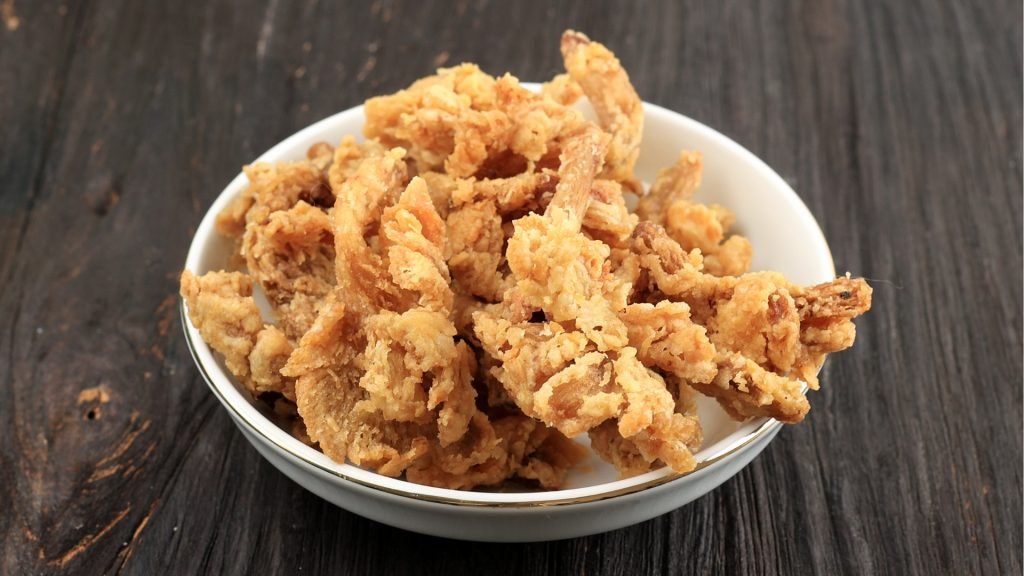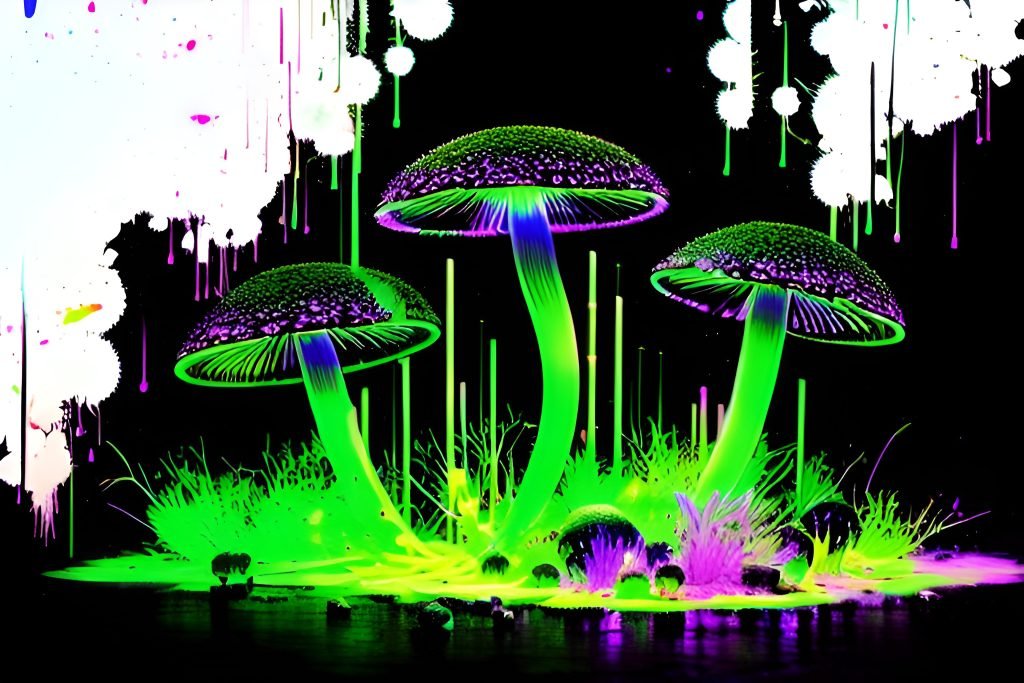The content provided on the 🍄 Mushroom Network is for educational and research purposes, aimed at fostering a deeper understanding of mycology. We don't endorse illegal activities or reckless behavior regarding the use or cultivation of specific mushroom species. Comprehending and respecting local laws concerning psychoactive fungi is your responsibility. Furthermore, always consult a healthcare provider before consuming any substances; our content doesn't replace professional medical advice. We don't promote personal use of these substances, but aim to educate on their scientific aspects. Any actions taken based on our information are at your own risk, and we aren't liable for any associated losses or damages. Always prioritize safety and legality in your mycological explorations.
For enthusiasts of mycology and psychedelic substances, Blue Meanies (Panaeolus Cyanescens) stand out as one of the more potent and intriguing species. Native to tropical climates, these fungi captivate with their distinctive features and potency. This in-depth article will explore their habitat, growth patterns, and unique characteristics.
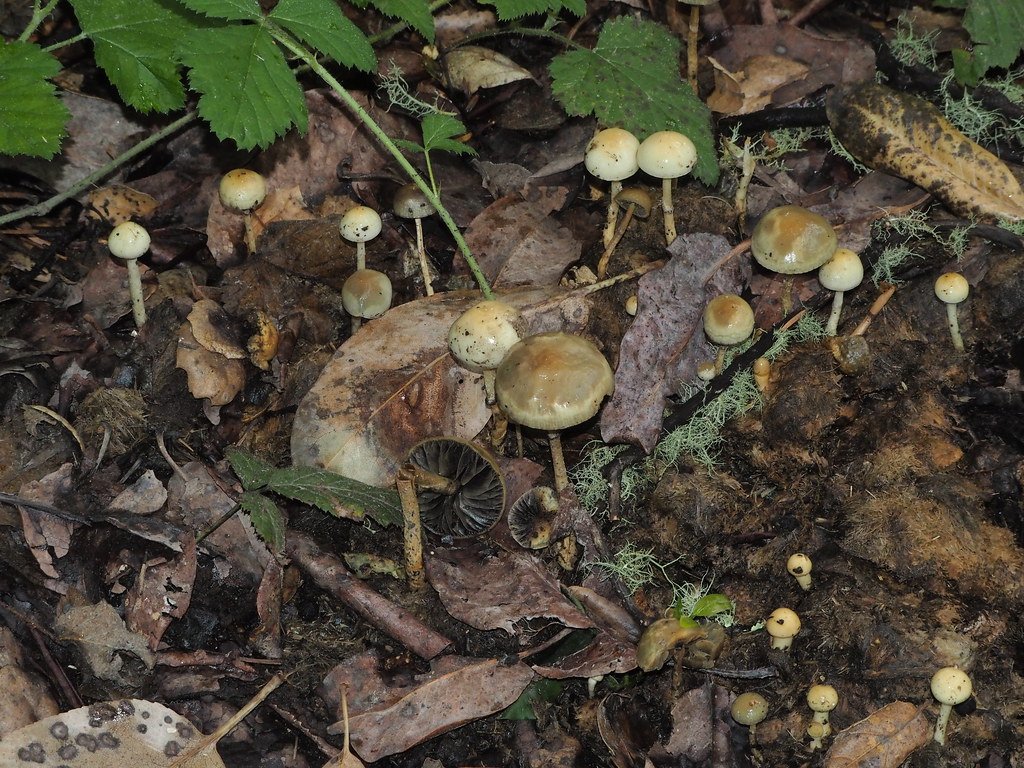
The World of Blue Meanies:
Biological Overview:
Blue Meanies, scientifically classified as Panaeolus Cyanescens, are a part of the larger Panaeolus genus. Characterized by a dark gill coloration, these mushrooms have caps that vary in color from grey to brown and even to a dark blue when damaged or bruised.
Habitat and Distribution:
Native to tropical areas, Blue Meanies are commonly found in Central America, South America, and Southeast Asia. They thrive in well-manured substrates, often appearing in cattle-grazing areas. It’s worth noting that the species has a high adaptability factor, which allows it to colonize various ecological niches.
Seasonal Growth Patterns:
These mushrooms have a distinct seasonal pattern, generally fruiting during the rainy seasons in their native habitats. The wet, warm conditions are optimal for spore germination and mycelial growth, which leads to the fruiting bodies we commonly recognize.
Psychoactive Components:
The major psychoactive compounds present in Blue Meanies are psilocybin and psilocin. These compounds are responsible for the hallucinogenic properties associated with the species and make them a subject of interest in psychopharmacology.
Legal Status:
The legal status of Blue Meanies varies from country to country and even within jurisdictions of the same country. In many places, they are classified as a Schedule I controlled substance due to their psychoactive nature.
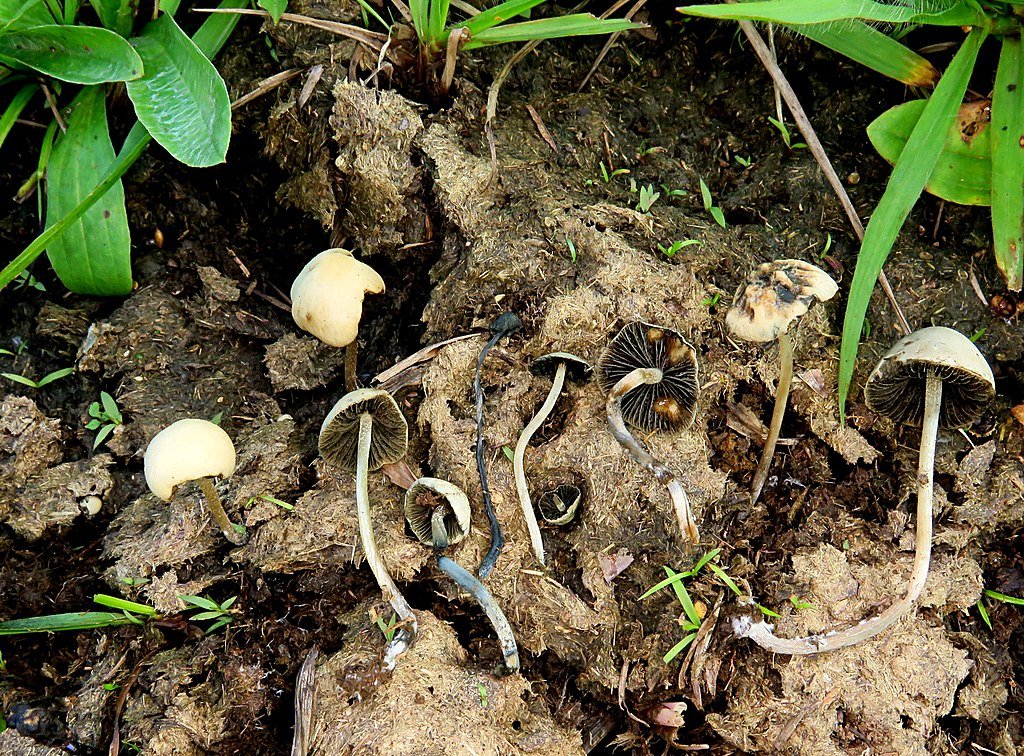
Cultivating and Identifying Blue Meanies:
The Cultivation Process:
Although not the easiest species to cultivate, Blue Meanies can be grown indoors with the right setup. A typical cultivation substrate would include a combination of manure, straw, and various grains. The mycelial network usually takes about 14 to 21 days to fully colonize a substrate, after which fruiting conditions are induced.
Identification:
Proper identification of Blue Meanies is crucial, as there are other species that resemble them but may not be psychoactive or could even be poisonous. Characteristics to look for include a dark spore print, a cap that bruises blue, and the presence of a slight umbo (a small bump) on the cap.
Common Lookalikes:
A commonly mistaken species is the Panaeolus Antillarum, which closely resembles the Blue Meanie but lacks the psychoactive properties. Another is the Panaeolus Fimicola, which is also non-psychoactive and generally lighter in color.
Challenges in Cultivation:
One of the key challenges in cultivating Blue Meanies is the requirement for more precise environmental controls compared to other, more forgiving species. Humidity, light, and temperature need to be carefully managed to ensure optimal growth.
Ethical Considerations:
Due to their controlled status, aspiring cultivators must be aware of the legal implications of growing Blue Meanies. Ethical considerations also extend to responsible harvesting in the wild, ensuring that local ecosystems are not adversely affected.
The universe of mushrooms is expansive, each variant bearing its own unique charm and characteristics. The Marketplace on the 🍄 Mushroom Network is a testament to this diversity. It is a haven for those seeking a deeper understanding of the magical world of mushrooms. If you’re keen on learning more about this type of mushroom and other mushroom variants, this Marketplace is your ultimate resource.
No posts found!
Woah there, eager beaver! 🦫 The 🍄 Mushroom Network’s Marketplace is a smorgasbord of mycological marvels, but it’s VIP access only! 🔐 Log In or Become a Myco-Patron (Yup, still FREE!) to see what all the fuss is about. Trust us, you’ll want in on these shroomy shenanigans! 🍄🎉
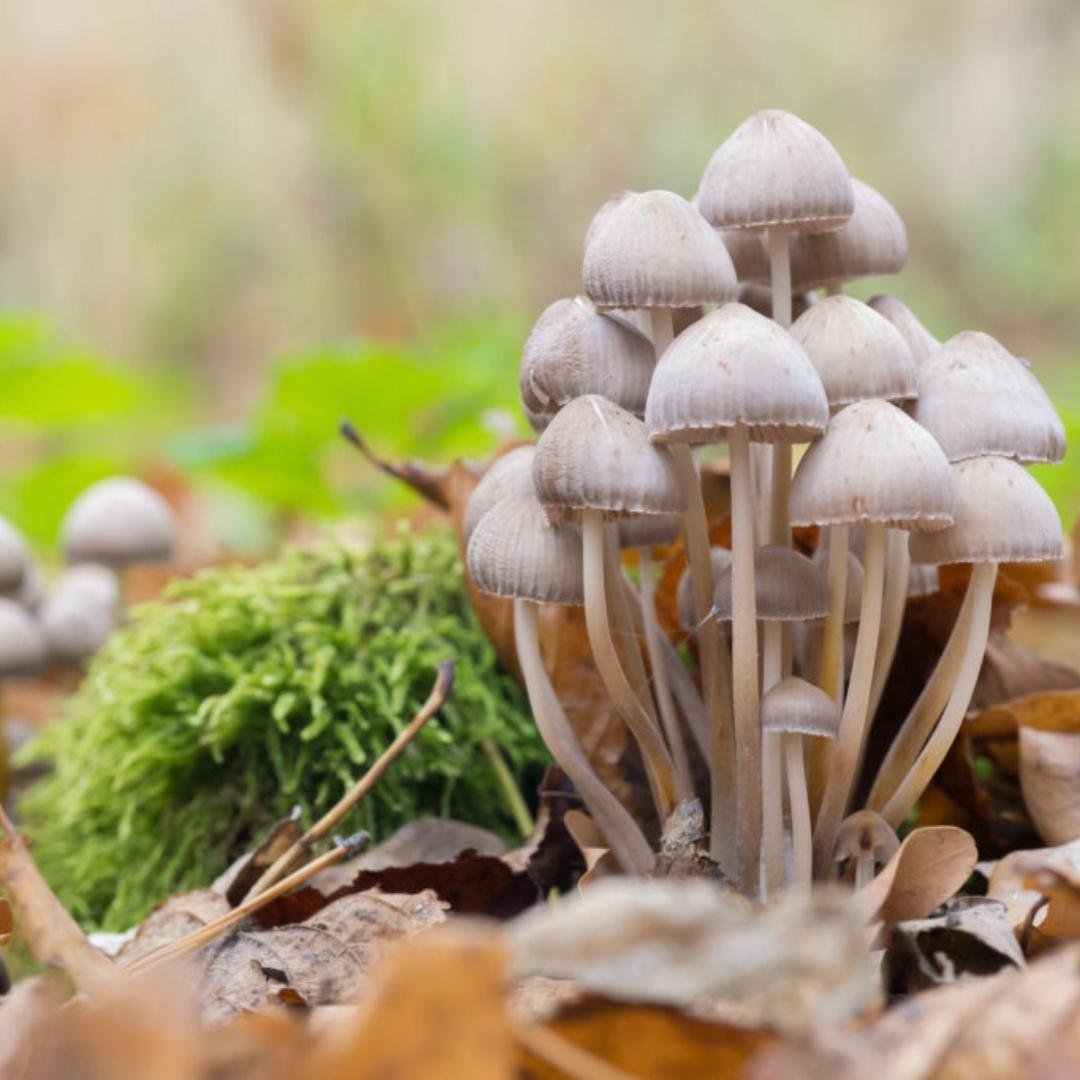
Cultural and Scientific Significance:
Historical Context:
The use of Blue Meanies dates back to traditional societies where they were consumed for religious or shamanic practices. Their psychoactive properties were integral to various rituals and ceremonies.
Modern Psychopharmacology:
In contemporary science, the psychoactive components of Blue Meanies have been studied for their potential therapeutic effects, including for the treatment of depression, PTSD, and end-of-life anxiety.
Artistic and Cultural Influence:
In modern popular culture, Blue Meanies have inspired artworks, songs, and even feature in literature. Their potent effects have made them a subject of fascination among artists and writers.
Controversies and Myths:
While the psychoactive properties of Blue Meanies are well-documented, they are often misunderstood and stigmatized. Myths surrounding their dangers and effects continue to circulate, often overshadowing scientific understanding.
Not sure where to start? The 🍄 Mushroom Academy offers a wide range of courses tailored to your needs. Whether you’re a beginner eager to learn or an experienced mycologist looking to broaden your knowledge, the 🍄 Academy has something for everyone.
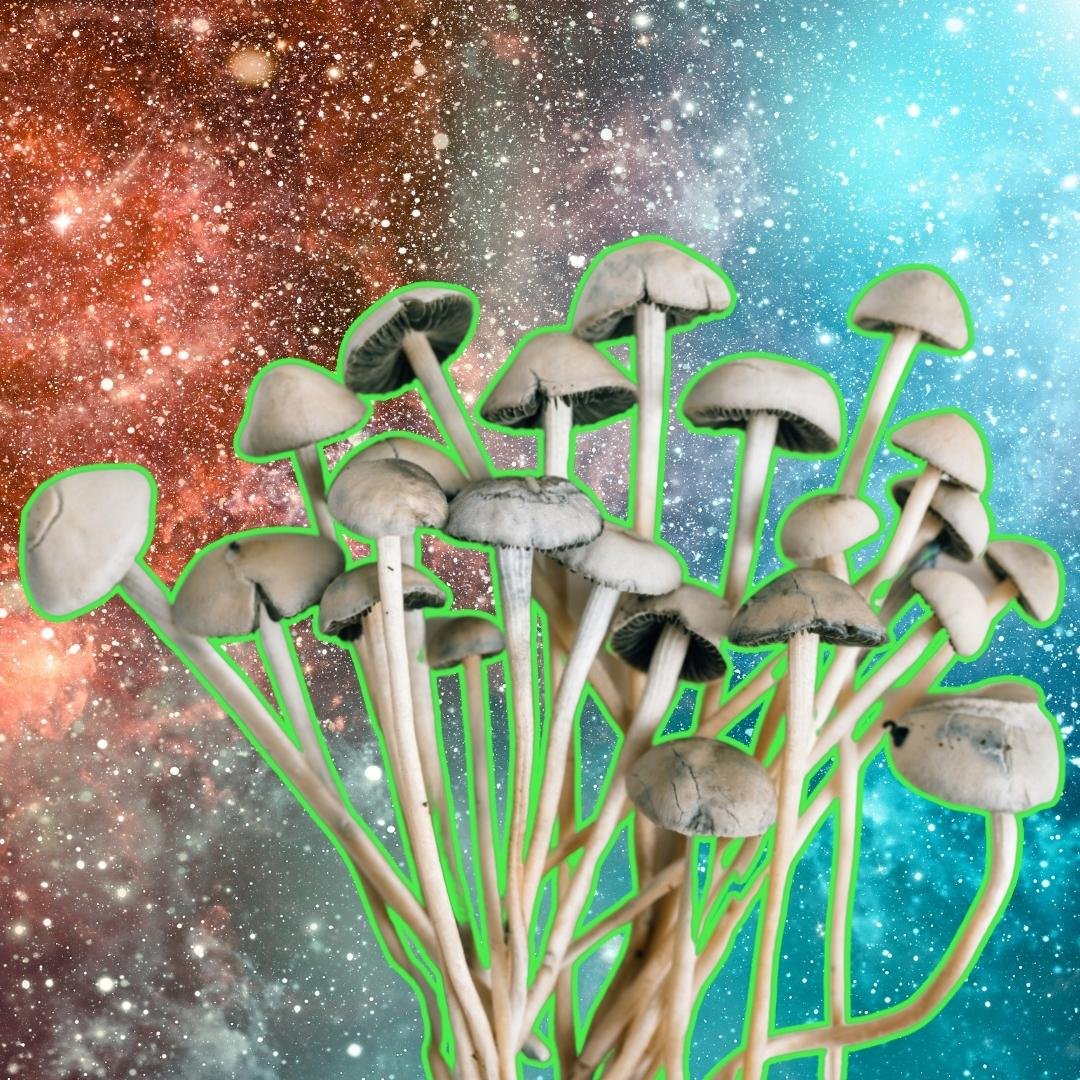
The Azure Enigma: Unveiling Panaeolus Cyanescens:
As we journey through the world of Blue Meanies, the azure hue of their bruised caps serves as a symbol of their enigmatic existence. Neither entirely understood nor completely accepted, these mushrooms embody the eternal human quest for understanding the intricacies of mind and matter.
With scientific inquiry on one hand and cultural fascination on the other, Blue Meanies invite us to explore not just their biological essence, but also the broader implications they hold for health, society, and even spirituality.
Love what you’re reading? Make it FBO (Facebook Official) with us! 🤘🏼 Hit that subscribe button on YouTube, follow our Facebook Page, join our FB Group – Wood Wide Web, and chirp along with us on Twitter/X. While you’re at it, peep into the 🍄 Mushroom Network’s Marketplace—where our Network shelves change faster than a Pink Oyster (Pleurotus Djamor) pins!
Recommended Reads:
Alien Communication: Do Mushrooms Help in Interstellar Dialogue?
About This Article: Could mushrooms be the original ‘ET phone home’ device? Read on to...
Read More...Adding a Splash of Color: The Aesthetics of the Pink Oyster Mushroom
The Pink Oyster mushroom, a vibrantly hued variety of the oyster family, adds a lively...
Read More...The Psychedelic Potential of Psilocybe Cubensis B+: A Closer Look at the Research
Aiding mental health with mushrooms might seem like a thing of fantasy, but with B+...
Read More...Gourmet Galaxies: A Culinary Tour of Edible Mushrooms
About This Article: Embark on a flavor-filled voyage with ‘Gourmet Galaxies,’ exploring the culinary wonders...
Read More...Whoa there, Spore Sport! 🍄 Looks like you’re not logged in yet. Don’t you know what you’re missing? MYCO-CREDITS! Imagine all the fungal fun you could have. It’s like finding a Morel in May and not picking it. Tragic, right? Log In or Become a Myco-Patron and start racking up those credits. It’s more rewarding than finding a mushroom in your backyard! 🌟🏡

